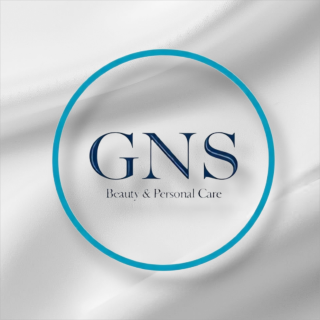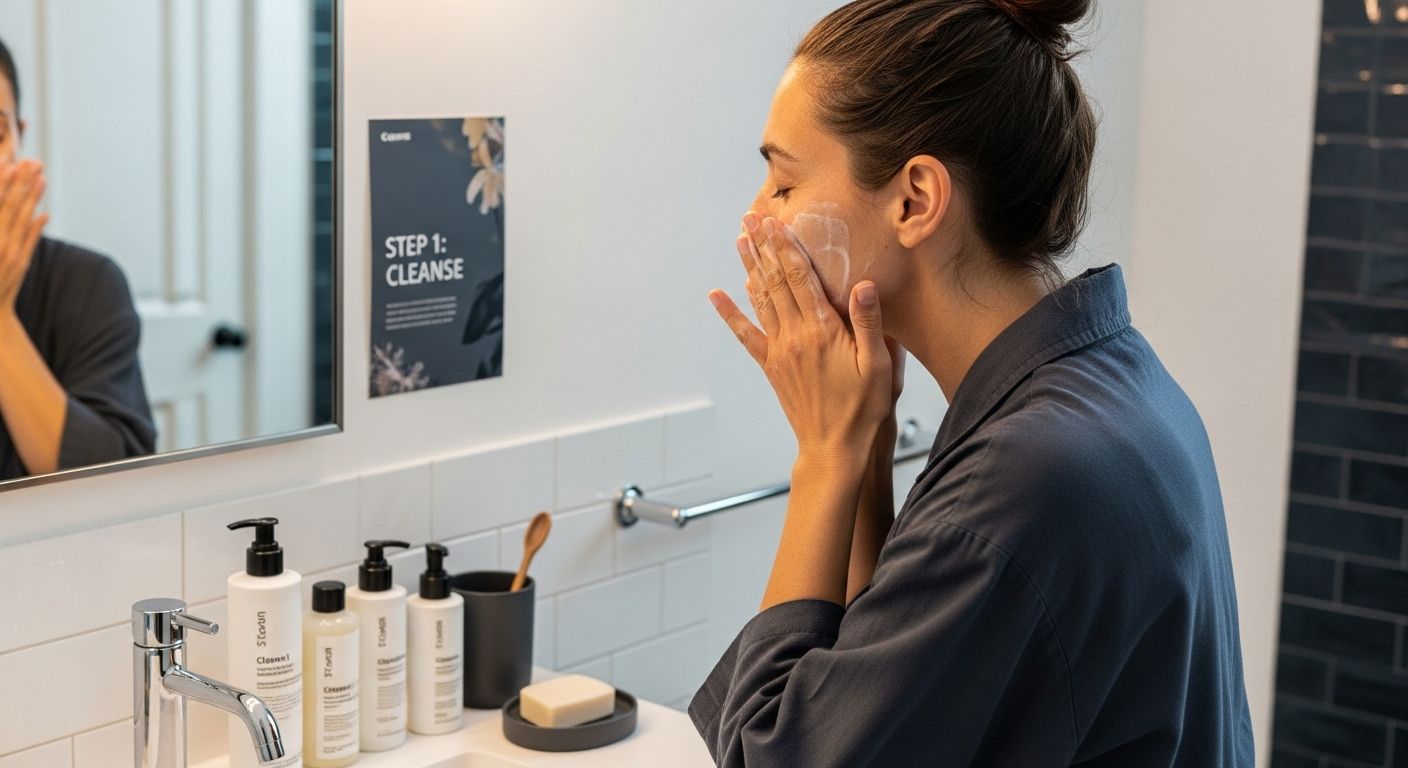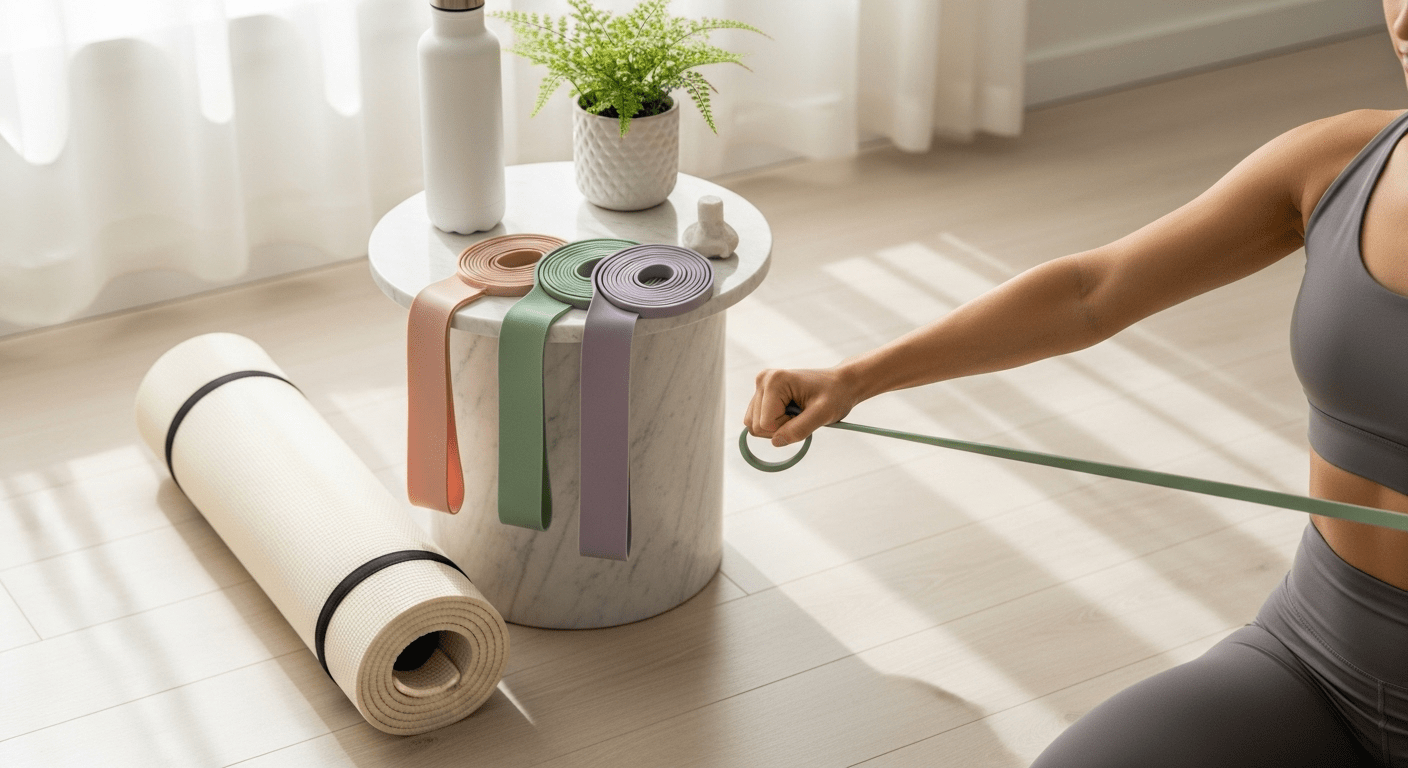
Face care routines always get hyped for the latest serums or fancy gadgets. Yet, over 60 percent of people miss the basics that actually make or break your skin’s health. The real secret is not about piling on more products. It starts with doing the small steps—like cleansing and moisturizing—the right way, which changes everything for your skin.
Table of Contents
- Step 1: Cleanse Your Face with a Gentle Cleanser
- Step 2: Exfoliate to Remove Dead Skin Cells
- Step 3: Apply a Toner to Balance Skin Ph
- Step 4: Use a Serum for Targeted Skin Concerns
- Step 5: Moisturize to Hydrate and Protect
- Step 6: Apply Sunscreen for Daily Protection
Quick Summary
| Key Point | Explanation |
|---|---|
| 1. Use a gentle cleanser consistently | A gentle cleanser prepares your skin for other treatments while protecting its natural barrier. Choose based on skin type for optimal results. |
| 2. Exfoliate 1-2 times weekly | Regular exfoliation removes dead skin cells, enhancing brightness and allowing better product absorption. Select suitable methods based on your skin type. |
| 3. Apply toner after cleansing | Toner balances skin’s pH and preps it for serums and moisturizers. Choose formulations that suit your skin type for best effects. |
| 4. Use serums for specific concerns | Serums penetrate deeply to address particular issues like hydration or uneven skin tone. Apply with care for maximum benefits. |
| 5. Never skip daily sunscreen | Daily sunscreen application protects against UV damage and skin aging. Choose broad-spectrum, appropriate formulas based on your skin’s needs. |
Step 1: Cleanse Your Face with a Gentle Cleanser
Cleansing is the foundational step in any effective face care routine, serving as the critical initial phase that prepares your skin for subsequent skincare treatments. A gentle cleanser removes accumulated dirt, excess oil, environmental pollutants, and makeup residue without stripping your skin’s natural protective barrier. The goal is not just surface cleaning, but creating an optimal canvas for your skincare products to penetrate and work effectively.
Begin by selecting a cleanser specifically formulated for your skin type. Those with dry or sensitive skin should opt for cream or lotion-based cleansers containing hydrating ingredients like glycerin or ceramides. If you have oily or combination skin, look for gel or foam cleansers with salicylic acid or gentle surfactants that can help manage excess sebum without over-drying.
To perform an effective cleanse, start with lukewarm water - never hot, as extreme temperatures can damage your skin’s delicate surface. Wet your face thoroughly, then dispense a small amount of cleanser (typically a dime-sized portion) into your clean hands. Using gentle, circular motions, massage the cleanser across your face, paying special attention to areas prone to congestion like the T-zone: forehead, nose, and chin. Avoid aggressive scrubbing, which can cause micro-abrasions and irritation.
Rinse thoroughly with lukewarm water, ensuring no product residue remains. Pat your skin dry with a clean, soft towel - never rub, as this can cause unnecessary friction. Your skin should feel clean but not tight or uncomfortable, which would indicate over-cleansing. A well-executed cleanse leaves your skin feeling refreshed, balanced, and prepared for the next steps in your skincare routine.
Key verification points after cleansing:
- Skin feels clean but not stripped
- No residual makeup or dirt remains
- Skin appears smooth and prepped for subsequent skincare products
By mastering this fundamental step, you create the perfect foundation for a comprehensive and effective face care routine that promotes healthy, radiant skin.
Here’s a comparison table to help you select the right cleanser and exfoliant for your skin type, using key recommendations from the article.
| Skin Type | Recommended Cleanser | Recommended Exfoliant |
|---|---|---|
| Dry/Sensitive | Cream or lotion-based with glycerin or ceramides | Mild chemical (e.g., lactic acid) |
| Oily/Combination | Gel or foam with salicylic acid | Chemical (e.g., salicylic acid) |
| Acne-Prone | Gel with gentle surfactants | Chemical (e.g., BHA, salicylic acid) |
| Mature | Hydrating, gentle formulas | Gentle AHA (e.g., lactic acid) |
| Normal | Gentle, balanced cleanser | Physical or chemical (mild AHA/BHA) |
Step 2: Exfoliate to Remove Dead Skin Cells
Exfoliation is a transformative step in your skincare routine that goes beyond simple surface cleaning, actively removing dead skin cells that can dull your complexion and clog pores. This process helps accelerate cell turnover, revealing brighter, smoother, and more radiant skin underneath. By strategically removing the top layer of dead skin cells, you create an optimal environment for subsequent skincare products to penetrate more effectively.
Choose an exfoliation method that matches your skin type and sensitivity. Chemical exfoliants like alpha-hydroxy acids (AHAs) or beta-hydroxy acids (BHAs) work by dissolving the bonds between skin cells, while physical exfoliants use gentle granules or soft brushes to manually slough away dead skin. For sensitive skin, start with mild chemical exfoliants like lactic acid, which provides gentler resurfacing compared to more aggressive options. Those with oily or acne-prone skin might benefit from salicylic acid, which can penetrate and clear congested pores.
When applying your chosen exfoliant, use light, circular motions and avoid excessive pressure. Spend no more than 30-60 seconds gently massaging the product across your face, concentrating on areas with texture or congestion like the forehead, nose, and chin. Be particularly cautious around the delicate eye area, where skin is thinner and more prone to irritation. Frequency is key - most skin types benefit from exfoliating 1-2 times weekly, though this can vary based on individual skin condition and product strength.
After exfoliating, your skin will be more vulnerable and receptive to moisturizers and treatments. Always follow up with a hydrating moisturizer to replenish your skin’s protective barrier and soothe any potential mild irritation. Sunscreen becomes especially crucial post-exfoliation, as your newly revealed skin cells are more susceptible to UV damage.
Key verification points after exfoliation:
- Skin feels smooth and soft to the touch
- No visible flakiness or rough patches remain
- Skin appears brighter and more even-toned
By mastering this critical step, you’ll unlock your skin’s natural radiance and create the perfect foundation for a comprehensive skincare routine.
Step 3: Apply a Toner to Balance Skin pH
Toner represents a critical bridging step in your skincare routine, acting as a crucial preparation phase that resets and primes your skin for subsequent treatments. After cleansing and exfoliating, your skin’s natural pH balance can be disrupted, making toner an essential tool for restoring equilibrium and creating an optimal environment for absorption of future skincare products. Think of toner as a reset button that recalibrates your skin’s delicate ecosystem, preparing it to receive maximum benefits from serums and moisturizers.
Select a toner specifically formulated for your skin type and primary concerns. For those with oily or acne-prone skin, look for toners containing gentle astringents like witch hazel or salicylic acid that help control excess sebum without over-drying. Individuals with dry or sensitive skin should opt for hydrating formulations featuring ingredients such as glycerin, hyaluronic acid, or botanical extracts that soothe and replenish moisture while balancing skin’s pH.
Application technique is paramount for maximizing toner’s effectiveness. Pour a small amount of toner onto a clean cotton pad or gently pat directly onto your face using clean hands. If using a cotton pad, sweep it across your face and neck in gentle, upward motions, avoiding the delicate eye area. When applying with hands, press the product into your skin using light, spreading motions that promote absorption and stimulate circulation. Allow the toner to absorb completely before moving to the next step in your routine, which typically takes about 30 seconds.
For those new to toning, start by using the product once daily, preferably after cleansing in the evening. As your skin adapts, you can gradually increase to twice-daily application. Pay attention to how your skin responds - some initial tingling is normal, but persistent irritation suggests you might need a gentler formulation or less frequent use.
Key verification points after toning:
- Skin feels refreshed and balanced
- No residual tightness or dryness
- Skin appears smooth and prepped for next skincare steps
By incorporating this strategic step, you’re not just balancing pH, but creating a receptive canvas that amplifies the effectiveness of your entire skincare routine.

Step 4: Use a Serum for Targeted Skin Concerns
Serums represent the precision instruments in your skincare arsenal, delivering concentrated active ingredients directly to your skin’s deepest layers. Unlike moisturizers, which primarily sit on the skin’s surface, serums are formulated with smaller molecules that can penetrate more deeply, addressing specific skin concerns with unparalleled intensity. Think of serums as your skin’s personalized treatment protocol, designed to target everything from hyperpigmentation and fine lines to hydration and uneven texture.
Selecting the right serum requires a thoughtful approach that considers your unique skin profile and primary concerns. For individuals battling uneven skin tone or dark spots, vitamin C serums offer powerful antioxidant protection and brightening properties. Those experiencing early signs of aging might gravitate toward serums containing hyaluronic acid, which dramatically improves skin hydration and plumpness. Individuals with sensitive or reactive skin should seek serums with calming ingredients like niacinamide or green tea extract, which reduce inflammation and support skin barrier function.
Application technique is crucial for maximizing a serum’s potential. After toning, dispense 2-3 drops onto clean fingertips, then gently press and pat the product into your skin using light, upward motions. Avoid rubbing or dragging, which can reduce absorption and potentially cause micro-irritation. Allow the serum to absorb completely for approximately 60 seconds before applying your moisturizer. This waiting period ensures the active ingredients penetrate effectively without being diluted or blocked by subsequent products.
Consider layering multiple serums strategically if you have complex skin concerns, but introduce them gradually. Start with one serum and monitor your skin’s response for several weeks before incorporating additional treatments. When combining serums, apply from thinnest to thickest consistency, ensuring each product can penetrate and work effectively.
Key verification points after serum application:
- Skin feels immediately smoother
- No residual stickiness or greasiness
- Noticeable improvement in skin texture and appearance
By integrating a targeted serum into your routine, you’re not just treating your skin - you’re investing in its long-term health and radiance.
Step 5: Moisturize to Hydrate and Protect
Moisturizing is the protective shield and nurturing embrace of your skincare routine, serving as the critical final step that locks in hydration and creates a defensive barrier against environmental stressors. Unlike previous steps that target specific concerns, moisturizer provides comprehensive care, simultaneously hydrating skin, sealing in the benefits of previous treatments, and creating a protective layer that supports your skin’s natural healing processes. Think of moisturizer as the ultimate multitasker in your skincare arsenal.
Choosing the right moisturizer depends entirely on your skin type and individual needs. For individuals with oily or combination skin, lightweight, gel-based moisturizers containing hyaluronic acid offer hydration without clogging pores. Those with dry or mature skin should opt for richer, cream-based formulations featuring ingredients like ceramides, glycerin, and natural oils that provide deep, lasting moisture. Sensitive skin types benefit from fragrance-free, hypoallergenic moisturizers with calming ingredients like aloe vera or chamomile.
Application technique is just as important as product selection. After allowing your serum to absorb completely, warm a small amount of moisturizer between your fingertips. Using gentle, upward sweeping motions, distribute the product across your face and neck, avoiding aggressive rubbing that can cause unnecessary friction. Pay special attention to areas prone to dryness, such as around the eyes and mouth. During daytime routines, select a moisturizer with built-in SPF protection to shield your skin from harmful UV rays, effectively combining hydration and sun defense in one step.
Remember that moisturizing is not a one-size-fits-all approach. Your skin’s needs will change with seasons, hormonal shifts, and environmental conditions. Be prepared to adjust your moisturizer’s weight and composition accordingly. During winter months, you might need a more intensive cream, while summer might call for a lighter, more breathable formula.
Key verification points after moisturizing:
- Skin feels soft and smooth to the touch
- No greasy or heavy residue remains
- Skin appears plump and well-hydrated
By mastering this final step, you’re not just applying a product - you’re completing a comprehensive skincare ritual that protects, nourishes, and celebrates your skin’s natural beauty.

Step 6: Apply Sunscreen for Daily Protection
Sunscreen is not just a summer accessory, but a year-round defensive shield that protects your skin from the silent, cumulative damage caused by ultraviolet radiation. Regardless of weather conditions or skin tone, daily sunscreen application is the most powerful anti-aging and skin cancer prevention strategy available, acting as an invisible armor that preserves your skin’s health and youthful appearance.
Selecting the right sunscreen requires understanding your skin’s unique characteristics and daily exposure. Broad-spectrum sunscreens offering protection against both UVA and UVB rays are essential, with a minimum SPF of 30 recommended for daily use. For individuals with sensitive or acne-prone skin, look for lightweight, non-comedogenic formulations that won’t clog pores. Those with darker skin tones should seek mineral-based sunscreens that blend seamlessly without leaving a white cast, utilizing ingredients like zinc oxide or titanium dioxide.
Application technique is crucial for ensuring comprehensive protection. Apply sunscreen as the final step in your morning skincare routine, approximately 15 minutes before sun exposure. Use approximately one teaspoon of product for your entire face and neck, spreading evenly with gentle, smooth motions. Pay special attention to often-overlooked areas like the ears, hairline, and around the eyes. For daily city living, consider sunscreens with added antioxidants that provide an extra layer of defense against environmental pollutants and free radical damage.
Reapplication is just as important as initial application. For prolonged outdoor activities or days spent near windows, reapply sunscreen every two hours. Those working indoors near windows or experiencing significant sun exposure should be particularly diligent. Some modern sunscreens now offer convenient formats like setting sprays or compact powders, making reapplication quick and effortless throughout the day.
Key verification points after sunscreen application:
- No white residue or greasy feeling
- Skin appears smooth and evenly protected
- Comfortable wear that doesn’t interfere with makeup
By making sunscreen a non-negotiable part of your daily routine, you’re not just protecting your skin - you’re investing in its long-term health, resilience, and radiance.
Discover the Secret to a Complete Face Care Routine
You have just learned the importance of a step-by-step face care routine to achieve glowing, healthy skin. If you ever feel overwhelmed by choosing the right products for gentle cleansing, effective exfoliation, or hydrating moisturization, you are not alone. Many find it hard to build a consistent routine, select products tailored for their skin type, or find eco-conscious solutions all in one place. Powerful, science-backed products make each step matter, and confidence comes from using options you trust. At GNS Beauty & Personal Care, you can find premium face cleansers, targeted serums, and SPF essentials to turn this routine into your daily self-care ritual, all while browsing with ease.

Stop searching endlessly for the perfect routine. Visit GNS Beauty & Personal Care to explore a curated collection of high-quality skincare, beauty, and wellness essentials. Enjoy a shopping experience designed to match your needs, so you can start your journey toward naturally glowing skin today. Shop now and see your skin transform, step by step.
Use this step-by-step overview to quickly reference each phase of the complete face care routine, including the main action and key outcome for each step.
| Step | Main Action | Key Outcome |
|---|---|---|
| 1. Cleanser | Wash face with gentle cleanser | Removes dirt and preps skin |
| 2. Exfoliate | Remove dead skin cells | Smoother, brighter complexion |
| 3. Toner | Balance skin pH | Refreshed, primed for absorption |
| 4. Serum | Apply targeted treatment | Addresses specific skin concerns |
| 5. Moisturizer | Hydrate and protect | Soft, nourished, protected skin |
| 6. Sunscreen | Shield from UV rays | Prevents sun damage and aging |
Frequently Asked Questions
What type of cleanser should I use for my skin type?
Choose a cleanser that suits your skin type: cream or lotion-based for dry or sensitive skin, and gel or foam cleansers containing salicylic acid for oily or combination skin.
How often should I exfoliate my skin?
Most skin types benefit from exfoliating 1-2 times a week. However, if you have sensitive skin, start with once a week and adjust as needed based on your skin’s response.
How do I apply toner correctly?
Pour a small amount of toner onto a clean cotton pad and sweep it gently across your face or pat it directly onto your skin with clean hands, avoiding the eye area.
Why is it important to use a serum in my skincare routine?
Serums deliver concentrated active ingredients that penetrate deeper into the skin, targeting specific concerns like uneven tone, fine lines, or dehydration, providing effective treatment and improvement in skin health.








Leave a comment
All comments are moderated before being published.
This site is protected by hCaptcha and the hCaptcha Privacy Policy and Terms of Service apply.